What Is A Reference Gpu – Complete Guide – 2024!
In modern computing, GPUs (Graphics Processing Units) are pivotal. Whether you’re gaming, editing videos, or running complex simulations, the GPU is the powerhouse that drives visual performance. But within the GPU landscape, a term often pops up: “reference GPU.” What exactly is a reference GPU, and how does it differ from other options on the market?
“A reference GPU also known as “Reference Design Graphics Card” it is the original design made by companies like NVIDIA or AMD. It sets the basic standard for performance, quality and cooling. Other brands may improve this design with better cooling or faster speeds”
Curious about what a reference GPU is? It’s the original design from the manufacturer, setting the standard for performance. Learn how this model compares to custom versions from other brands!
Understanding the Basics!
Definition of a Reference GPU
A reference GPU is a baseline model of a graphics card designed by a GPU manufacturer, such as NVIDIA or AMD. These reference models are the first versions released to the market and serve as the standard upon which other manufacturers base their custom designs.
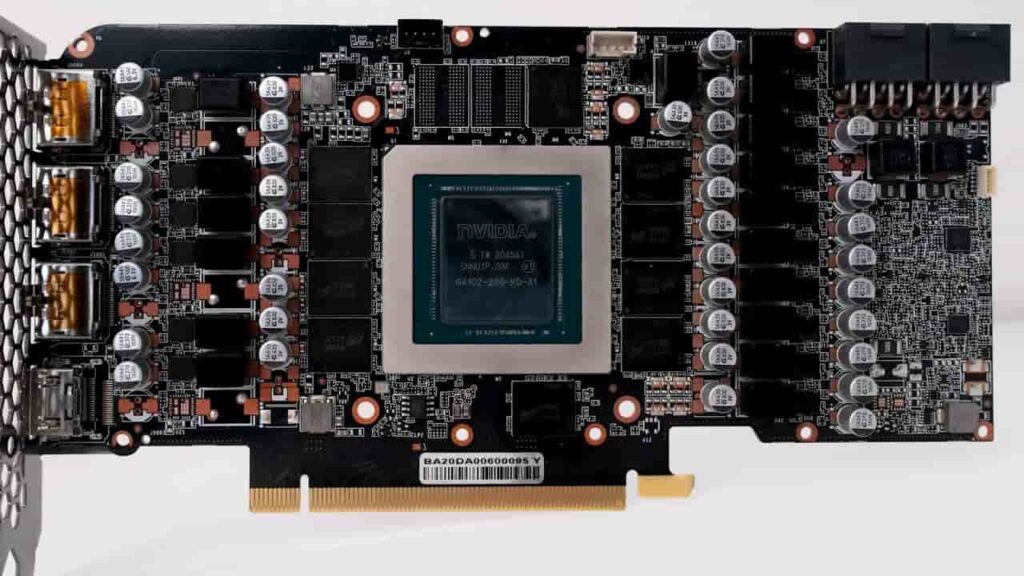
How Reference GPUs Differ from Custom GPUs
While a reference GPU provides the fundamental architecture and performance, custom GPUs, often created by third-party manufacturers like ASUS, MSI, or Gigabyte, build upon this foundation. They may include enhanced cooling systems, higher clock speeds, and unique aesthetics, offering a broader range of options for consumers.
The Role of Manufacturers!
Who Creates Reference GPUs?
Reference GPUs are typically created by the original designers of the GPU architecture—namely, companies like NVIDIA and AMD. These companies develop the reference model to establish a benchmark for performance and design.
The Purpose Behind Creating a Reference Model
The primary reason for creating a reference GPU is to provide a standard that other manufacturers can follow or improve upon. It ensures consistency across the market and offers a reliable option for consumers who prefer a straightforward, no-frills graphics card.
Key Manufacturers in the GPU Market
NVIDIA and AMD are the two dominant players in the GPU market. They release reference models for each new GPU architecture, setting the stage for other manufacturers to introduce their customized versions.
Design and Cooling!
Standard Design Features of a Reference GPU
Reference GPUs usually feature a simple, sleek design. They come with a single-fan cooling system and a standard PCB (Printed Circuit Board) layout. This basic design makes them ideal for system builders who want a reliable and consistent GPU.
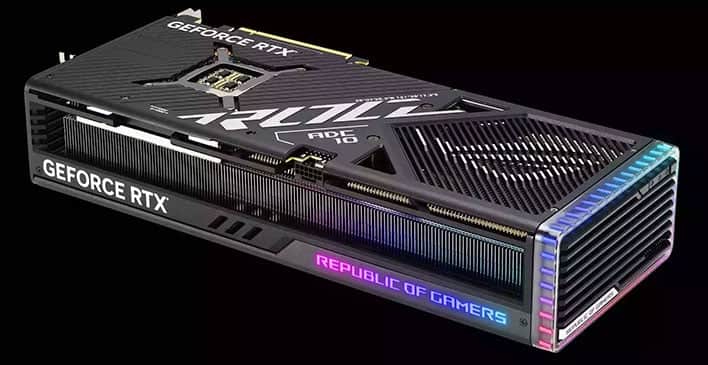
Cooling Mechanisms in Reference GPUs
The cooling system in a reference GPU is generally less advanced than those found in custom models. Typically, it includes a blower-style fan that expels hot air out of the rear of the case. While this design is efficient, it can be noisier and less effective at cooling compared to multi-fan setups in custom GPUs.
Comparison with Custom GPU Designs
Custom GPUs often feature more elaborate cooling solutions, such as multiple fans or liquid cooling. These enhancements allow for better thermal performance, enabling higher clock speeds and more stable operation during intense tasks.
Performance Metrics!
Performance Expectations from a Reference GPU
A reference GPU delivers performance that matches the specifications set by the GPU manufacturer. While it may not push the limits like some custom models, it provides a stable and consistent experience, making it suitable for most users.
Benchmarking Reference GPUs
Benchmarking a reference GPU helps in understanding its real-world performance. While it may not top the charts, it provides a solid baseline that other GPUs are measured against.
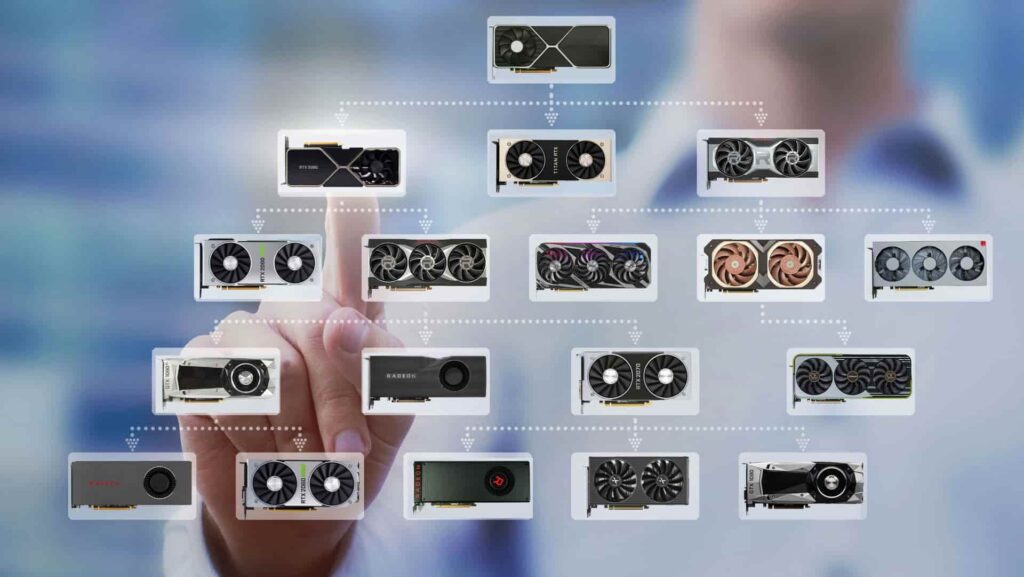
How Custom GPUs Often Surpass Reference Models
Custom GPUs often come with higher clock speeds, better cooling, and additional features that allow them to outperform reference models. These enhancements are particularly appealing to gamers and enthusiasts looking for the best possible performance.
Advantages of Reference GPUs!
Consistency in Design and Performance
One of the main advantages of reference GPUs is the consistency they offer. Since they are designed by the original GPU manufacturer, you can expect reliable performance that aligns with the official specifications.
Early Availability
Reference GPUs are often available sooner than custom models, making them a great option for early adopters who want to experience the latest technology right away.
Ideal for OEMs and System Builders
For OEMs (Original Equipment Manufacturers) and system builders, reference GPUs offer a standardized design that is easy to integrate into a wide range of systems.
What is a “Reference Card”?
A reference card is the original design for a graphics card made by companies like NVIDIA or AMD. It shows the basic performance and features. Other brands may later create improved versions of this design.
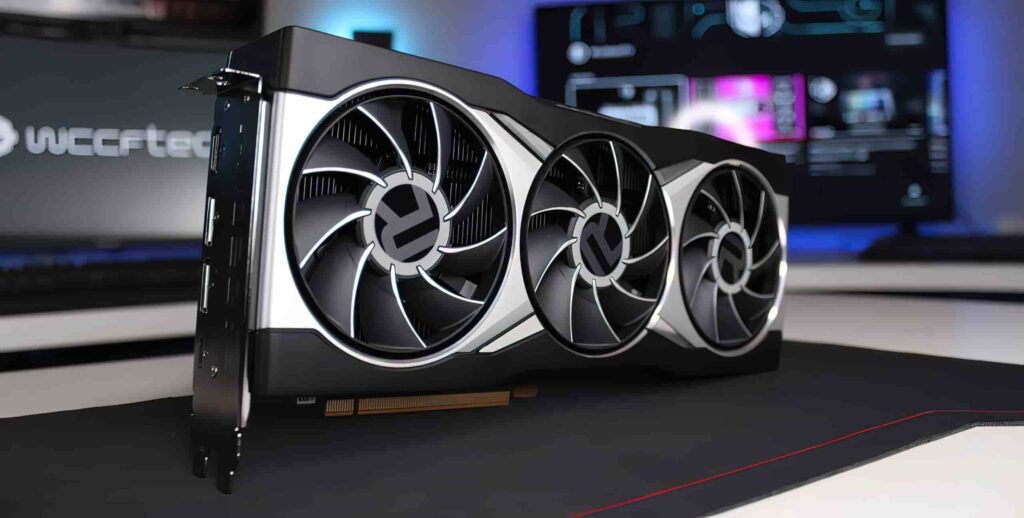
Are reference cards better?
Yes, Reference cards are good for reliable performance, but custom cards from other brands often have better cooling and higher speeds. It depends on your needs, as custom cards may offer better value for demanding tasks.
Is it better to buy a reference GPU?
Yes, it’s better to buy a reference GPU depends on your needs. Reference GPUs are reliable and well-built, but custom models may offer better cooling, performance, or features. It depends on what you prioritize.
What are Reference Cards and Non-Reference Cards?
Reference cards are the original graphics cards designed by the GPU makers like NVIDIA or AMD. They follow a basic standard in design and performance. Non-reference cards, made by other companies, may have improved cooling, higher speeds, or different designs for better performance and features.
Which should you buy, reference or custom graphics cards?
When choosing between reference and custom graphics cards, reference cards are standard models, while custom cards often offer better cooling and performance. Custom cards are usually the better choice for improved performance and longer-lasting use.
Does AMD make reference cards?
Yes, AMD makes reference cards. These are the basic models designed by AMD to show how their new GPUs work. Other companies often create their own versions using AMD’s reference design as a starting point.
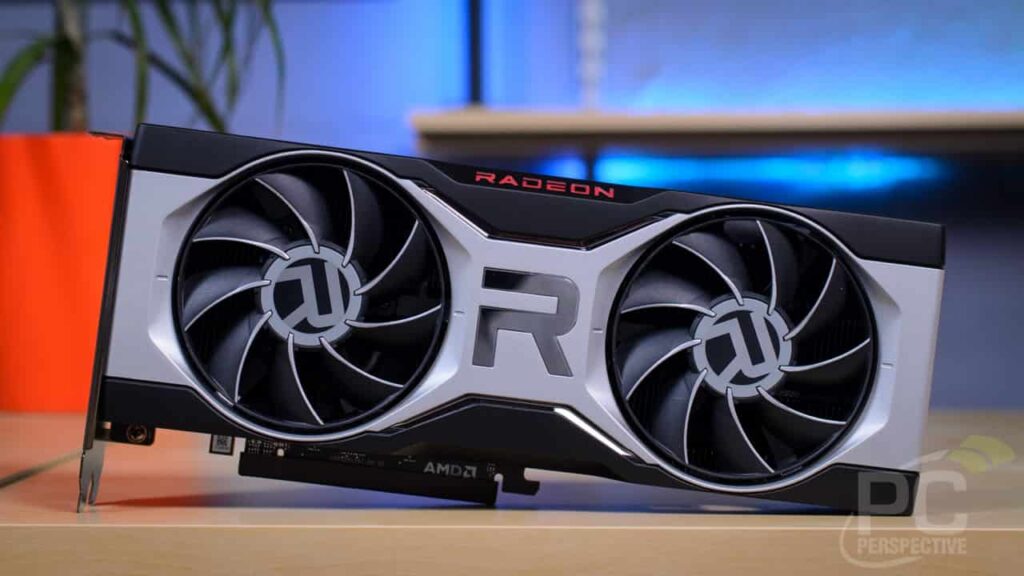
Are AMD reference cards good?
Yes, AMD reference cards are good for providing a solid baseline performance. They offer reliable quality and performance but might lack some of the advanced features or extra cooling found in custom models from other brands.
What does GPU stand for in Iphone?
In an iPhone, GPU stands for Graphics Processing Unit. It handles all the graphics and visual effects on the screen, helping make games and apps look smooth and detailed.
What are aftermarket GPUs?
Aftermarket GPUs are graphics cards made by companies other than the original GPU maker. They improve on the original design with better cooling, higher speeds, or additional features for enhanced performance.
What is a GPU in Apple?
A GPU in Apple devices is a graphics processing unit that handles visual tasks like rendering images and videos. It helps make graphics smooth and clear, improving the overall performance of apps and games.
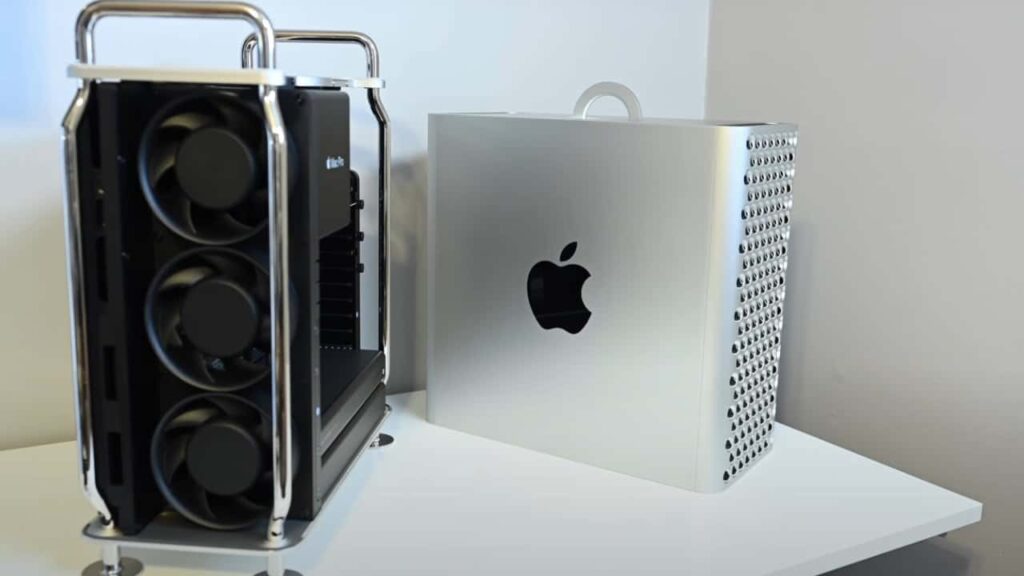
Can Reference GPUs be used for mining cryptocurrencies?
Yes, reference GPUs can be used for mining cryptocurrencies. They are capable of performing the needed calculations, but they might not be as efficient as custom GPUs designed specifically for mining.
Are Reference GPUs good for VR gaming?
Reference GPUs can handle VR gaming but may not perform as well as custom GPUs made for higher performance. They work for basic VR, but for the best experience, look for GPUs with better specs.
How often are new Reference GPU models released?
New reference GPU models are usually released every 1 to 2 years. Companies like NVIDIA and AMD update their designs to improve performance and add new features to keep up with technology advances.
What is the GPU in iPhone?
The GPU in an iPhone is the graphics processor that handles images and videos. It helps make games and apps run smoothly by quickly processing graphics on the screen.
What are aftermarket GPUs?
Aftermarket GPUs are graphics cards made by companies other than the original GPU maker. They often offer better cooling or higher speeds than the original designs, providing improved performance for games and tasks.
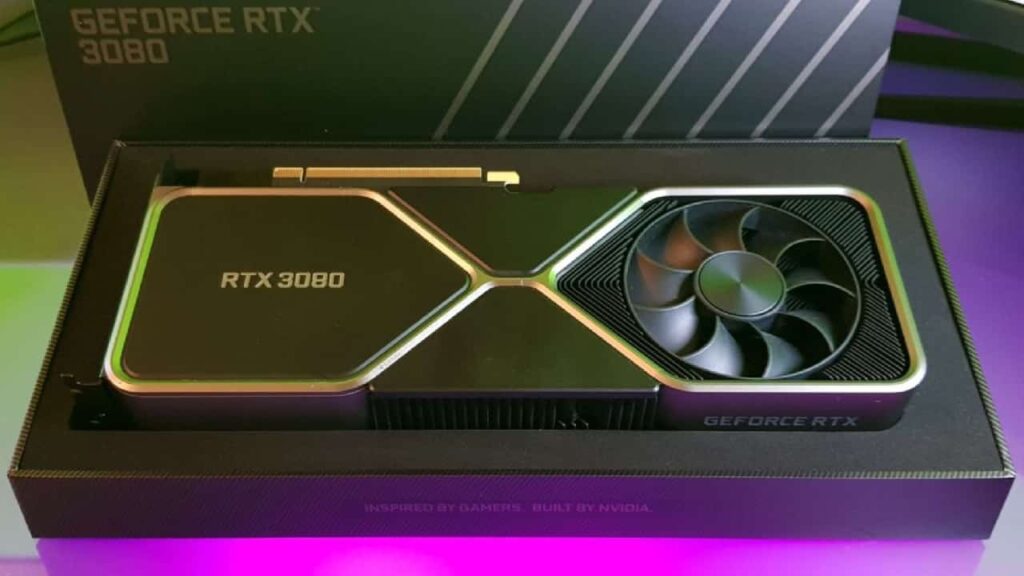
Reference vs. custom graphics cards: Which should you buy?
Reference graphics cards are basic and set a standard, while custom cards often offer better cooling and higher speeds. Choose custom if you want extra performance and cooling, but reference cards are good for standard use.
What does a reference PCB on a GPU imply?
A reference PCB on a GPU is the original circuit board design made by the GPU maker. It shows the standard layout and components, and other companies may create their designs based on it.
FAQ’s:
Are Reference GPUs good for gaming?
Yes, Reference GPUs can be good for gaming, offering solid performance and quality. However, custom GPUs may provide better cooling and higher speeds, which can improve gaming experiences further.
Are reference GPUs cheaper?
Yes, Reference GPUs are usually cheaper than custom models. They use the original design from the manufacturer without extra features, so they often cost less but may have lower performance or cooling compared to custom versions.
How do Reference GPUs compare to custom GPUs?
Reference GPUs follow the original design by the manufacturer and set the standard for performance. Custom GPUs often have extra features, like better cooling or higher speeds, which can improve performance and efficiency.
Can I overclock a Reference GPU?
Yes, you can overclock a reference GPU. Overclocking means making the GPU run faster than its original speed. However, it can increase heat and may affect the GPU’s lifespan or stability.
Are reference GPUs better for overclocking?
No, Reference GPUs are usually not the best for overclocking. They often have basic cooling and power systems. Custom GPUs are often better for overclocking because they come with improved cooling and power features.
Why do Reference GPUs run hotter?
Reference GPUs often run hotter because they use basic cooling systems. They are designed to meet standard needs, so they may not have advanced cooling or heat management features found in custom models.
What are some popular Reference GPUs in 2024?
In 2024, popular reference GPUs include the NVIDIA GeForce RTX 4080 and the AMD Radeon RX 7900 XT. These models offer good performance and are made by the GPU manufacturers themselves.
How do I install a Reference GPU?
To install a reference GPU, first turn off your computer and unplug it. Open the case, insert the GPU into the PCIe slot, and connect any power cables. Close the case and restart your computer.
What should I look for in a Reference GPU for professional work?
For professional work, look for a reference GPU with high performance, good cooling, and enough memory. Ensure it meets your specific needs, like handling large files or running demanding applications smoothly.
Can reference GPUs be customized or modified?
No, Reference GPUs are not designed for customization or modification. They come in a standard design, but other brands offer modified versions with better features like improved cooling or higher speeds.
Conclusion:
In conclusion,
A reference GPU is the original design from companies like NVIDIA or AMD, providing a basic standard for performance and cooling. It is often cheaper but may not perform as well as custom GPUs with enhanced features and cooling systems
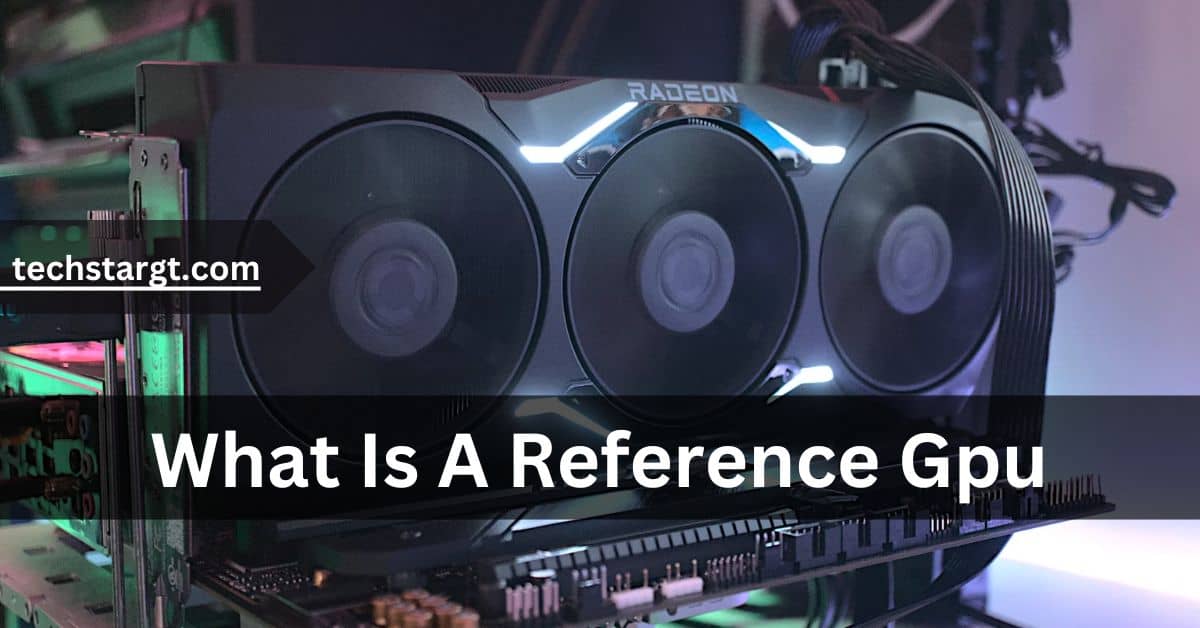
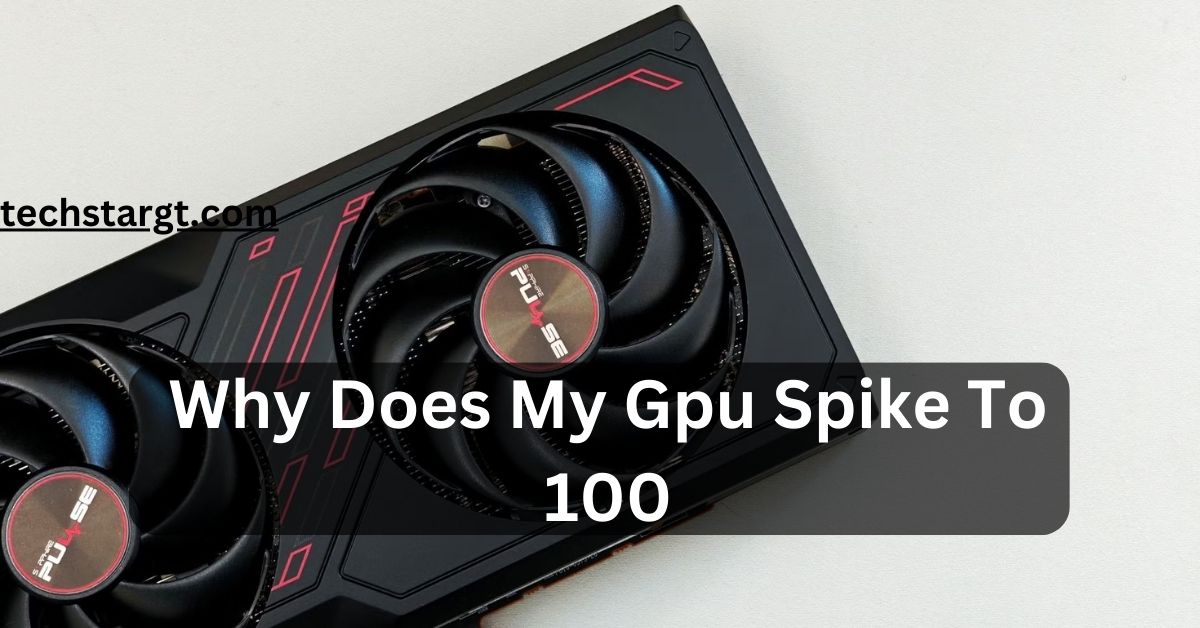
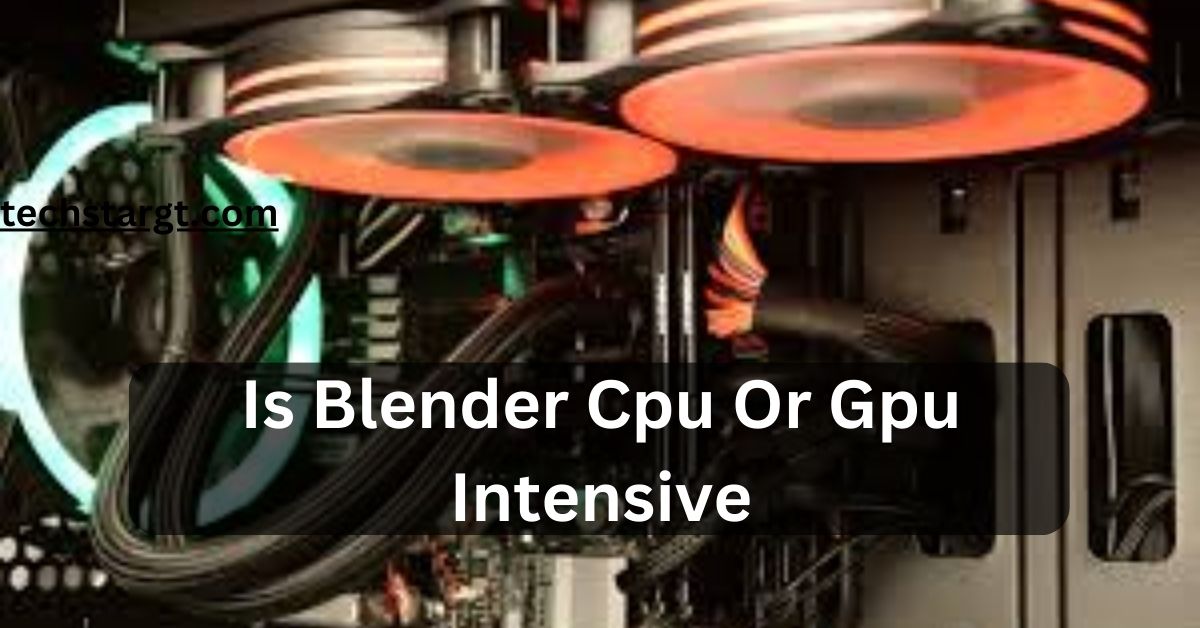
1 comment